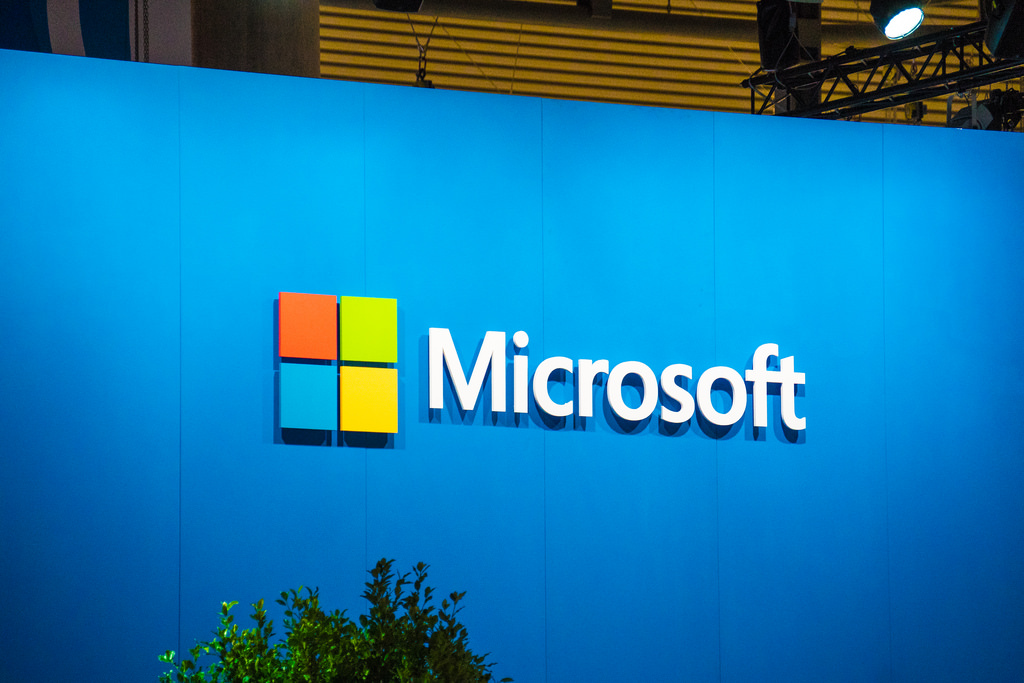 NEWS
NEWS
 NEWS
NEWS
 NEWS
NEWS
The launch of Microsoft’s “Azure-in-a-box” solution Azure Stack has been delayed until the middle of next year.
Microsoft says it’s changing its strategy around Azure Stack, and will instead provide the solution via integrated systems built by its hardware partners. That means users won’t be able to deploy Azure Stack on any compatible hardware they choose, at least to begin with.
The idea behind Azure Stack is that customers can spin up private instances of Microsoft’s cloud platform inside their own data centers. Microsoft has been pushing Azure Stack as a key differentiator between its cloud platform and those of its rivals, such as Amazon Web Services (AWS). Azure Stack is currently available as a Technical Preview, and is intended to help bridge the gap between on-premises and cloud computing, which is a challenge for many companies that have to deal with data governance issues. One of the biggest promises of Azure Stack is that developers will be able to create single applications that can run unaltered anywhere, be it Azure or on-premises, while automation and management tools will run equally well in both locations.
The reason for the delayed launch is because Microsoft wants to offer businesses pre-validated hardware in order to simplify Azure Stack deployments, explained Mike Neil, Corporate Vice President, Enterprise Cloud, Microsoft Corporation. When launched, Azure Stack will be a combination of software, hardwa, support and services, and will only be available from Dell Inc., Hewlett-Packard Packard Enterprise Co., and Lenovo Group Ltd., initially.
Neil said Microsoft had taken the decision because customers had strongly indicated that speed of development and simplicity were of paramount importance, more so than that of the ability to customize their own infrastructure. He added that the pre-validated systems approach “helps simplify the operational experience for customers”.
Companies using the beta version of Azure Stack on a single server can still continue to run the solution, even though they’ll not be allowed to use their own hardware for full-scale deployments. Those who want to do larger rollouts will need to use Microsoft’s Cloud Platform System, an existing integrated hardware and software package, the company said. Once Azure Stack is officially launched, companies will be able to manage their Cloud Platform Systems using the software, Microsoft said.
Not surprisingly, some commenters were unhappy at Microsoft’s decision.
“Are you saying that if I have required hardware and would like to build Azure Stack on this, MSFT will not support this method?” asked a commenter going by the name “KNS”.
Vijay Tewari, a program manager for Microsoft, responded: “As Mike pointed out, our goal is to ensure the success of you as our customers and with Azure stack, that path is via an integrated hardware software and support offering from Dell, HPE and Lenovo”
THANK YOU